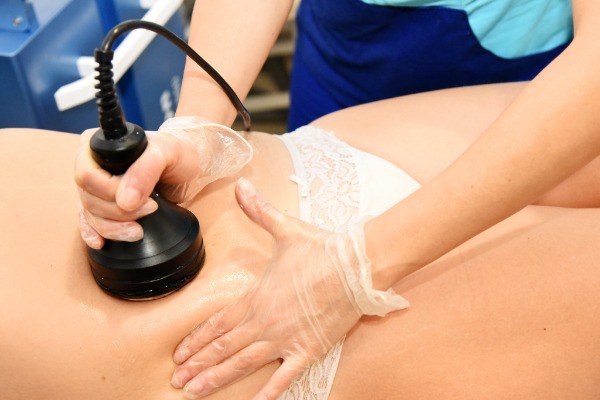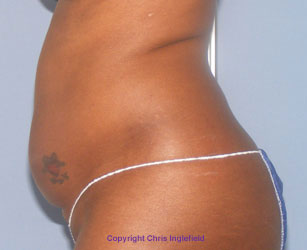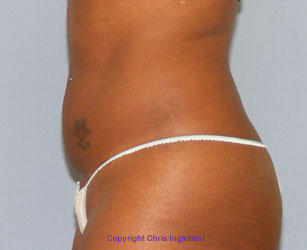Careful discussions regarding your reasons for wanting Ultrasonic Body Contouring are very important before you begin the treatment. You must also make sure that this treatment can deliver what you want and how you would like to look afterwards. Your practitioner should be able to answer all these questions.
A medical history should also be taken to make sure that there are no reasons why you shouldn’t undertake treatment. You may be asked to read detailed information and sign a consent form which means that you have understood the potential benefits and risks associated with the procedure.
Your doctor will give you specific instructions before coming in for the procedure. This may include avoiding the use of aspirin or any other non-steroidal anti-inflammatory (NSAIDS) drugs for a couple of weeks before treatment.
Photographs may also be taken by the practitioner for a "before and after" comparison at a later date.
Here we discuss the Ultrashape® treatment.
Anaesthesia
No anaesthesia is required.
The procedure
Treatment begins with the practitioner marking the treatment area or target zone. The practitioner then glides the transducer (hand-held device that converts electrical energy into ultrasound energy) over the targeted zone, delivering short pulses of focused ultrasonic energy into the subcutaneous fat.
Each pulse breaks down the membranes of the fat cells, without impacting the blood vessels, nerves or other connective tissue, and the overlaying skin is also not damaged. By repeating the process, the device disrupts a layer of fatty tissue under the skin. .
When treated, the membranes of the fat cells are disrupted and fat cell content, known as triglycerides, is dispersed into the fluid between the cells and then transported through the vascular (veins) and lymphatic systems to the liver. Once in the liver, there is no distinction between fat coming from the treatment and fat originating from consumed food, and both are cleared from the liver via the body’s natural mechanisms.
The length of the treatment depends on how many areas you’re having treated, but can take between ¾ and 1½ hours.
Results
The results are seen gradually over a number of weeks, up to one month, as your body clears the fatty debris.
The manufacturers of the Ultrashape® device claim an average circumference loss of 2cm in one area after a single treatment session.
Repeat Treatments
Generally one treatment per area is considered to produce satisfactory results; however individuals may feel that they’d like repeat treatments.
Ultrasonic body contouring is not a treatment for obesity or a weight loss cure.
Although good results achieved with this procedure can be permanent, with a sensible diet and exercise, some people may require a repeat procedure in the future in order to achieve or maintain a desired result.


